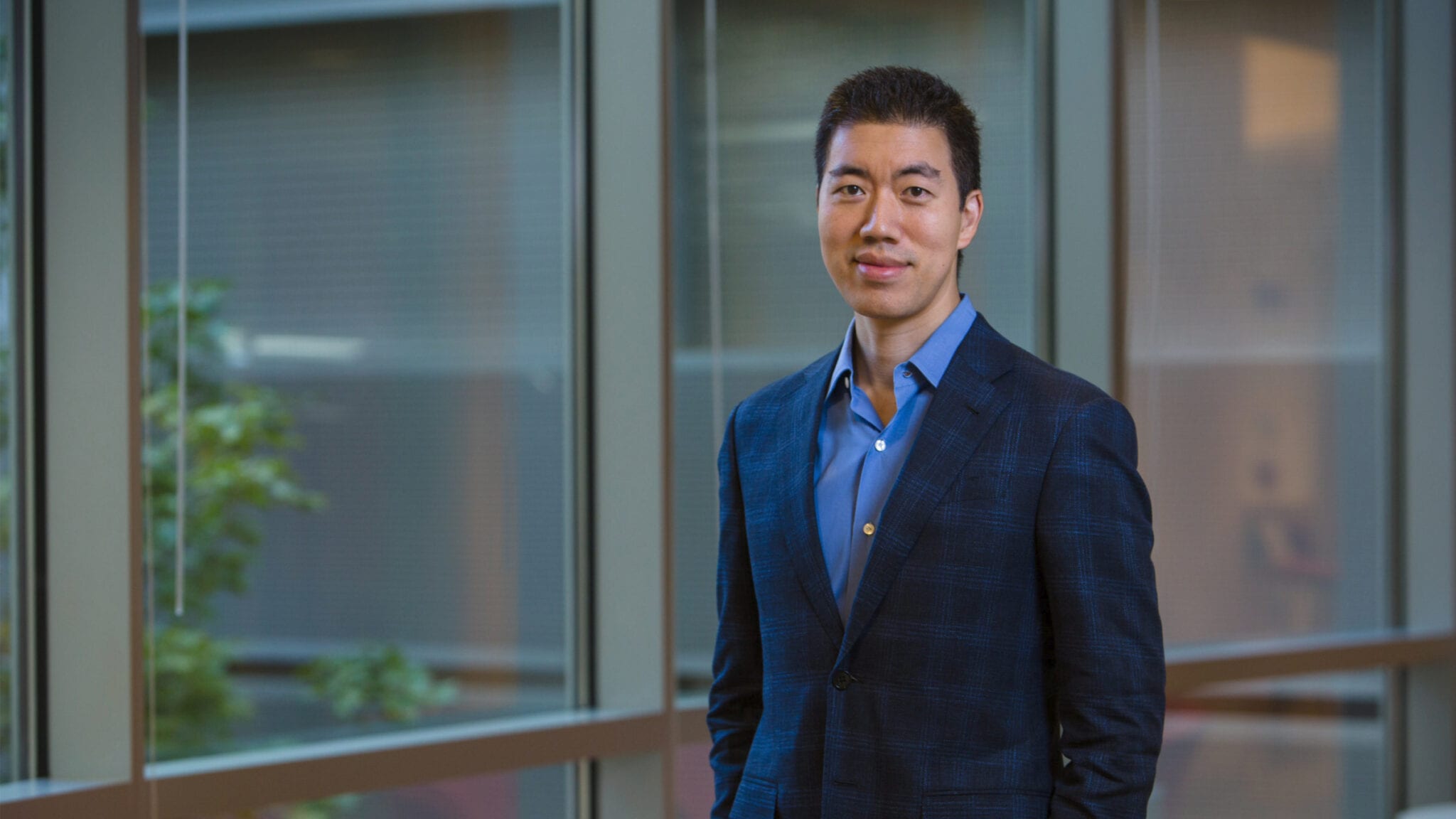
David Liu, Broad Institute
Relying on an ultra-rare variant, David Liu unveils a new approach to editing sickle cell
There are now at least five different approaches to curing sickle cell in or nearing human testing from at least eight different companies or academic …
Sign up to read this article for free.
Get free access to a limited number of articles, plus choose newsletters to get straight to your inbox.